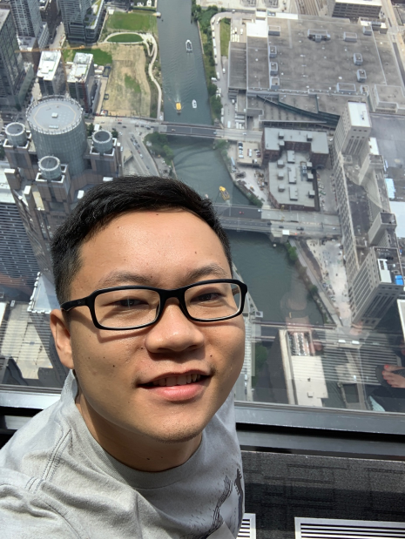
Deng Pan
Research Area
Cancer immunotherapy, such as immune checkpoint inhibitors, is a type of cancer treatment that stimulates our own immune system to attack cancer cells. Although immunotherapy has achieved notable clinical success, most patients are refractory to immunotherapy due to resistance mechanisms that are poorly characterized. Our lab is interested in understanding tumor-intrinsic mechanisms by which tumor cells confer resistance to anti-tumor immunity.
Specifically, we are interested studying the following questions:
(1) How tumor cells confer resistance to killing mediated by cytotoxic immune cells?
(2) How tumor-intrinsic signals help to create an immune suppressive microenvironment?
(3) Based on mechanistic understanding, how to target tumor-intrinsic pathways to enhance the responsiveness of cancer immunotherapy?
Selected Publications
1. Pan D*, Kobayashi A*, Jiang P*, Andrade LF, Tay RE, Luoma A, Tsoucas D, Qiu X, Lim K, Rao P, Long HW, Yuan G, Doench J, Brown M, Liu XL, and Wucherpfennig KW. A Major Chromatin Regulator Determines Resistance of Tumor cells to T cell Mediated Killing. Science, 2018 Jan 4; pii:eaao1710 doi: 10.1126/science.aao1710. (* Denotes equal contribution)
2. Jiang P*, Gu S*, Pan D*, Fu J, Li Z, Bu X, Li B, Liu JS, Freeman G, Brown M, Wucherpfennig KW and Liu XL. Signatures of T-cell dysfunction and exclusion predict cancer immunotherapy response. Nature Medicine, published online on Aug 20, 2018. (* Denotes equal contribution)
3. Andrade LF, Tay RE, Pan D, Luoma A, Ito Y, Badrinath S, Tsoucas D, Franz B, May KF, Kobold S, Pyrdol JW, Yoon C, Yuan GC, Hodi S, Dranoff G and Wucherpfennig KW. Antibody-Mediated Blockade of MICA/B Shedding Promotes NK Cell-Driven Tumor Immunity. Science 2018, Mar 30; Vol 359, Issue 6383, pp. 1537-1542) DOI: 10.1126/science.aao0505


